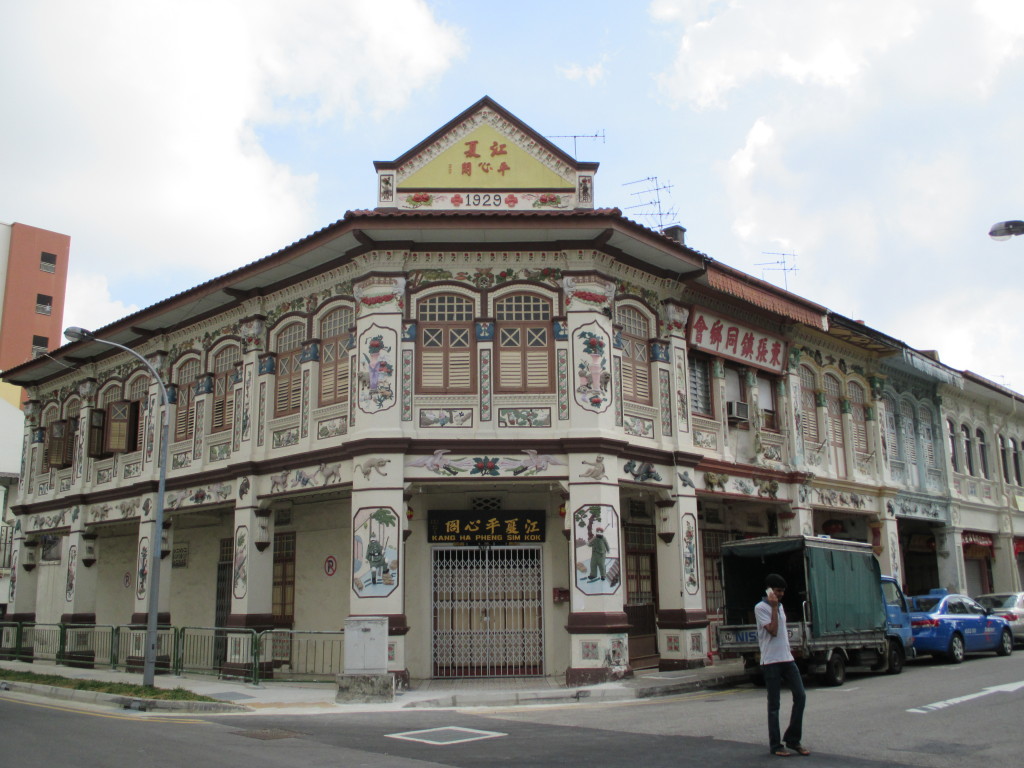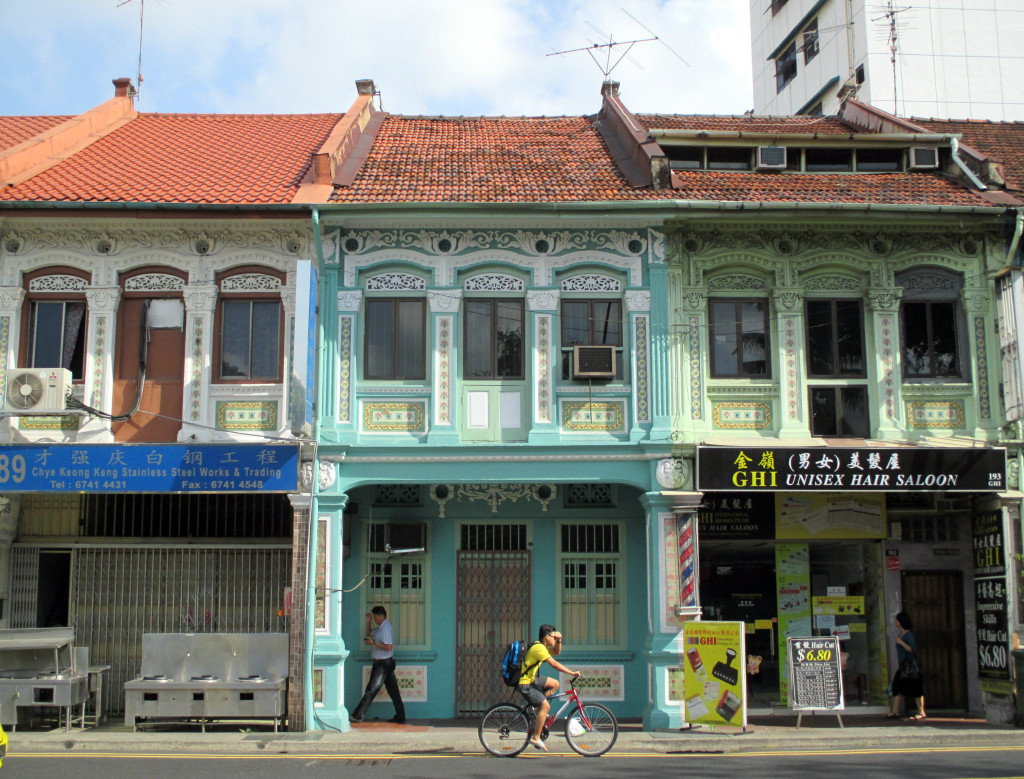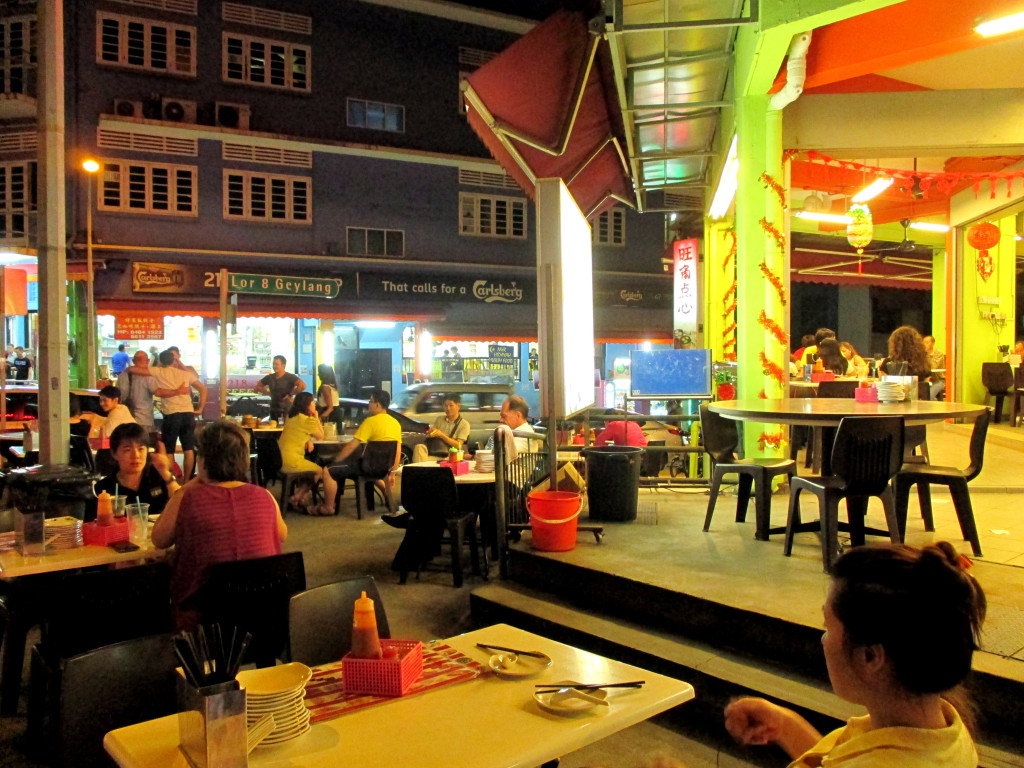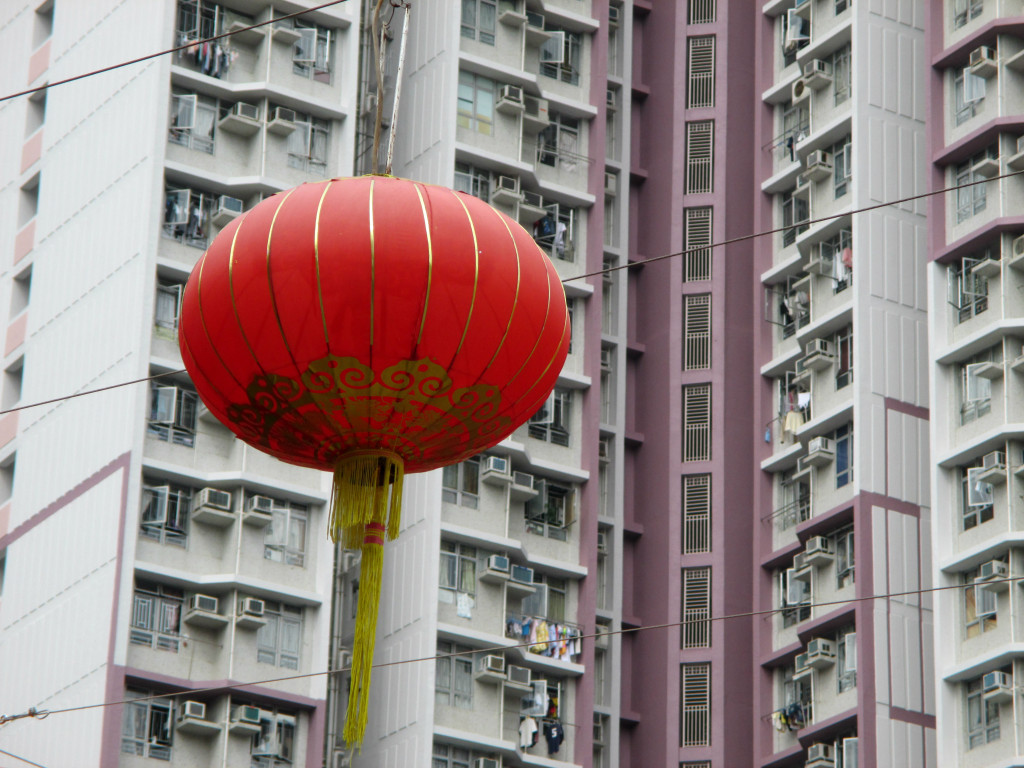Published on September 1, 2015 in the Singapore American Newspaper:

Despite what a number of Westerners think, you don’t need Chinese to live comfortably in Singapore. The only language you need to get familiar with is Singlish, a dialect so unique that it has its own separate Wikipedia page (which is well worth a read, especially for the many uses of “can”). Although treated as a mongrel of Mandarin and English, Singlish also includes an array of words from Bahasa Malaysia, Chinese dialects like Hokkien and Cantonese, and even some Tamil. For anyone who hasn’t grown up as a bilingual (sometimes trilingual) Singaporean, fluency in Singlish is a near impossibility. But to get you started, here is a beginner’s toolkit of crucial vocabulary and phrases.
Ang mo(h)
Originating from the Hokkien word for “red-haired”, ang mo is now common slang for “white person”. Sometimes considered pejorative, it’s nevertheless a widely used term that frequently appears in the media.
Aunty and Uncle
A polite way to address an older man or woman, especially if you don’t know their name. It’s akin to using “Miss” to get a waitress’s attention or “Mister” for a taxi driver.
Can
A stalwart of Singlish, this single word is a ruthlessly efficient combination of an English word and Chinese syntax, and you will hear it everywhere as a confirmation. Often, “Can” is used in place of “Okay” or “Yes.”
Can?
The question version of the above, “Can?” is often tacked onto the end of a request and can mean “Is that alright?” or “Are you able to…?” For example, “Finish this by tomorrow, can?” (Once in a hawker centre when the beer aunty said ‘No more jugs. Can?’, I was genuinely confused as to what she was saying until she held up the can of Tiger.)
Chope
Vital for those hoping to get a meal at a hawker center, “chope” means to save a seat by placing the cheapest or most useless item you have (usually a packet of tissues) on the table. To remove or ignore someone else’s tissues is considered a grave sin indeed.
Kiasu
Hokkien for “afraid to lose”, “kiasu” is essentially the anxious, selfish “Me first!” spirit you see in those who edge you out of the way so they can get on the bus before everyone else or in that friend who always has to one-up you.
Lah!
More assertive than an exclamation point alone, “lah” regularly appears at the end of assertions and declarations. Its tone can range from imperative to impatient to reassuring.
Leh
Another of Singlish’s many sentence ending particles, “leh” is used to soften a command, request, claim, or complaint that may be brusque otherwise.
Makan
The Malaysian word “to eat”, “makan” is deployed as a verb or a noun.
Revert
The eyelash in the eye of all English grammar purists living in Singapore, “to revert” is frequently used to mean “to return/respond to me”. Technically, “to revert” is defined as returning to a former habit or condition, but it most commonly appears in Singlish as a request in business emails. For example, “Can you answer this question? Please revert.”
Roti prata
This is a double whammy. The first meaning of this term is a flaky, fluffy, delicious Indian pancake that goes well with curry gravy and is quite popular. Since making the roti prata involves flipping the flat dough back and forth between one’s hands, “roti prata” has taken on a second meaning: a person who keeps changing their mind.
Shiok
Originally a Malay expression, “shiok” conveys a feeling of pure pleasure and happiness. Usually used as an adjective, this word pops up in a lot of advertisements.
Tai chi
Another double meaning. You may know tai chi as the Chinese martial art but because of the slow pushing movements, “tai chi” is also used to describe somebody who constantly pushes work onto others.
Take away
Where we would say “take out”, here it is “take away” (or if you’re really savvy, “ta pao”). You might not think there’s a big difference but asking for take-out will often earn you a confused look. No good if your stomach is grumbling for makan lah!
Wa(h) lau!
A mild exclamation of annoyance, disbelief, exasperation, frustration, surprise, etc. Usually considered one of the more polite exclamations, its literal translation is something like “Oh my gosh!”






